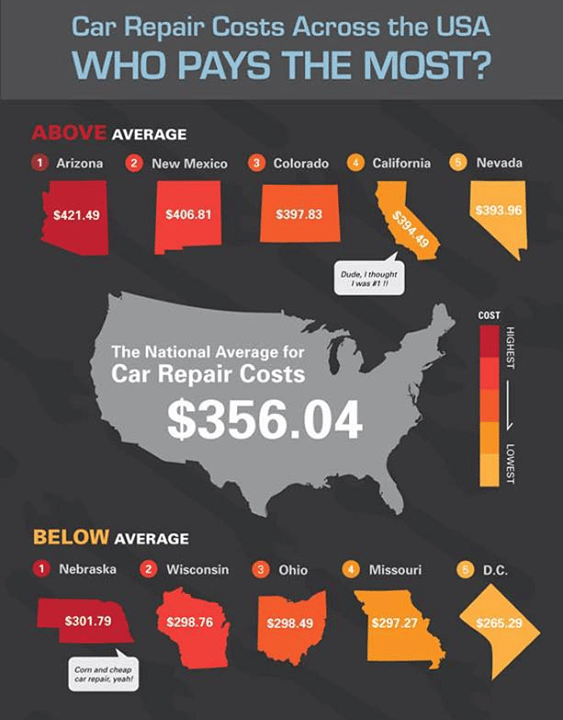Recognizing Your Cars And Truck'S Caution Lights: What Do They Really Mean?
Recognizing Your Cars And Truck'S Caution Lights: What Do They Really Mean?
Blog Article
Short Article Author-Lauritsen Dalgaard
When you're behind the wheel, those glowing warning lights on your dashboard can be a bit difficult. Do detailingauckland recognize what they're attempting to tell you concerning your automobile's health and wellness? Comprehending the relevance of these lights is crucial for your safety and security and the durability of your automobile. So, the next time one of those lights appears, wouldn't you intend to decipher its message properly and take the necessary actions to address it?
Common Warning Lights and Interpretations
Determine usual caution lights in your car and understand their significances to ensure secure driving.
One of the most typical caution lights consist of the check engine light, which signals issues with the engine or exhausts system. If Keep Reading comes on, it's important to have your car checked immediately.
The oil pressure warning light indicates low oil stress, calling for prompt interest to stop engine damages.
A flashing battery light may suggest a faulty billing system, possibly leaving you stranded if not resolved.
The tire stress tracking system (TPMS) light signals you to low tire pressure, affecting car security and fuel efficiency. Ignoring this can lead to risky driving conditions.
The ABS light indicates a problem with the anti-lock stopping system, jeopardizing your capability to stop rapidly in emergencies.
Last but not least, the coolant temperature level cautioning light warns of engine getting too hot, which can cause severe damage if not dealt with promptly.
Understanding these usual warning lights will certainly help you deal with concerns without delay and preserve risk-free driving problems.
Relevance of Prompt Focus
Comprehending the typical warning lights in your car is only the very first step; the value of immediately resolving these cautions can not be emphasized sufficient to guarantee your safety when driving.
When a caution light brightens on your control panel, it's your automobile's means of interacting a potential concern that needs attention. Neglecting these warnings can bring about more extreme problems down the road, jeopardizing your security and potentially costing you much more out of commission.
car washing to alerting lights can protect against failures and crashes. For example, a flashing check engine light can indicate a misfire that, if left ignored, could cause damage to the catalytic converter. Resolving this promptly can save you from a costly fixing.
Likewise, a brake system alerting light might signal reduced brake fluid or used brake pads, crucial components for your security when driving.
DIY Troubleshooting Tips
If you see a caution light on your control panel, there are a couple of do it yourself repairing pointers you can attempt prior to seeking specialist help.
The initial step is to consult your car's handbook to understand what the particular caution light suggests. In some cases the problem can be as straightforward as a loosened gas cap causing the check engine light. Tightening up the gas cap may solve the trouble.
Another typical problem is a reduced battery, which can activate various warning lights. Checking the battery links for corrosion and guaranteeing they're safe could fix the trouble.
If a warning light persists, you can try resetting it by detaching the cars and truck's battery for a few mins and afterwards reconnecting it. Furthermore, inspecting your lorry's fluid degrees, such as oil, coolant, and brake liquid, can aid troubleshoot alerting lights associated with these systems.
Conclusion
To conclude, understanding your car's warning lights is necessary for maintaining your automobile running smoothly and safely. By without delay dealing with these alerts and knowing what they indicate, you can stay clear of expensive repair work and prospective malfunctions.
Remember to consult your automobile's guidebook for particular details on each alerting light and do something about it accordingly to ensure a hassle-free driving experience.
Remain notified, stay risk-free when traveling!
